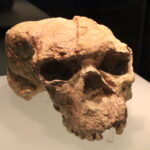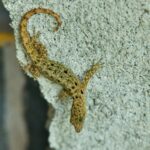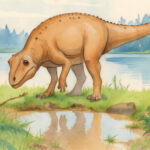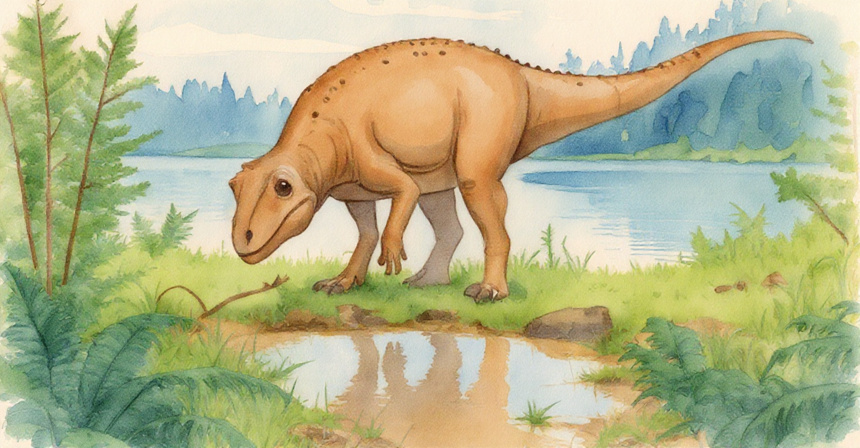In the sands of Mongolia, researchers uncovered a dinosaur that quietly shifts part of the story about dome-headed species. Zavacephale rinpoche, from the early Cretaceous, isn’t just old—it’s the oldest nearly complete pachycephalosaur found so far.
The study team notes that its frontoparietal dome, the bony cap on top of the skull, was already fully developed even though the animal hadn’t reached its full size. That detail alone suggests the dome wasn’t only about growing into adulthood; it might have had a role in social interactions or signaling within the group.
But the fossil gives more than just a dome to look at. Gastroliths, stones preserved in the stomach area, point toward digestive habits of Z. rinpoche.
Did You Know?
Some dinosaurs, like sauropods, swallowed stones called gastroliths to help grind tough plants in their stomachs
At the same time, the hand bones survived well enough for scientists to study the forelimbs, while analyses of the hindlimb provided additional insights into growth and maturity. Though the exact function of the forelimbs isn’t clear, such details are rare for early pachycephalosaurs, making this find a valuable window into Z. rinpoche’s day-to-day life.
What stands out even more is how it shifts the evolutionary timeline. The study suggests dome development in pachycephalosaurs actually started at least 14 million years earlier than we thought.
That opens new questions about the speed and the reasons behind cranial evolution. Were domes mainly for display? Or intraspecies competition? Or maybe both? The paper doesn’t settle it, but it definitely gives the field a clearer point to work from.
The researchers also stress that understanding the environment of the Khuren Dukh Formation could help explain why these domes developed the way they did. Lining Z. rinpoche up against slightly younger or contemporaneous species might show whether early dome patterns were a broader thing or more of a one-off. It’s a reminder that fossils aren’t just frozen bones, they’re traces of behavior, growth, even ecology, pressed into stone.
In the end, the discovery of Zavacephale rinpoche isn’t really about a single dramatic feature. It’s about those subtle signals—domes, gastroliths, hand bones—and how they piece together a story of life in the early Cretaceous. The discovery doesn’t just fill gaps in a family tree; it adds a kind of depth, showing that small details, when you put them together, can say a lot about how these creatures lived, grew, and interacted.
Story Source: This discovery was reported in Nature.







